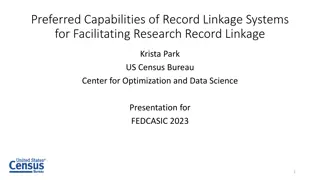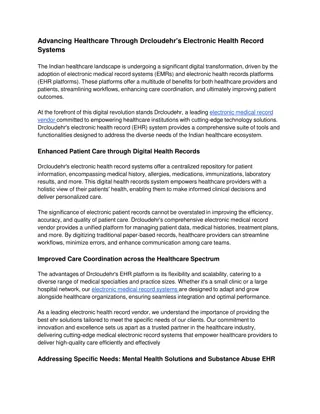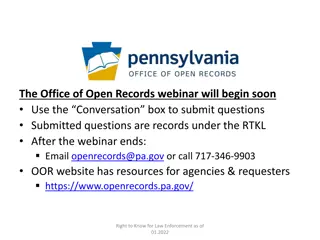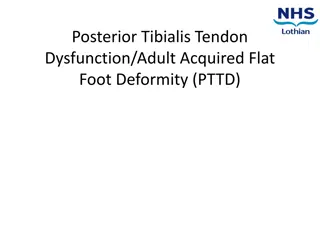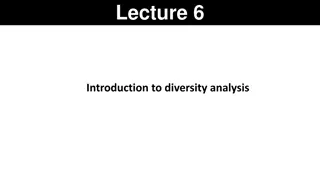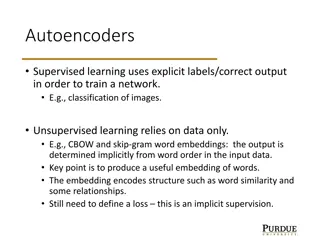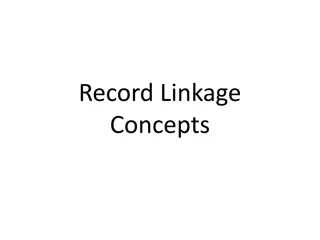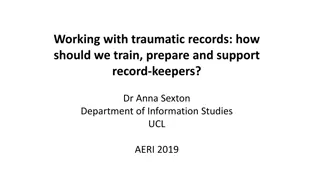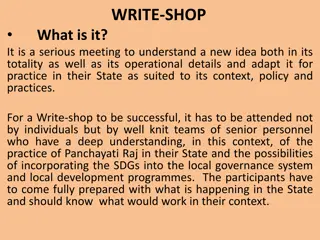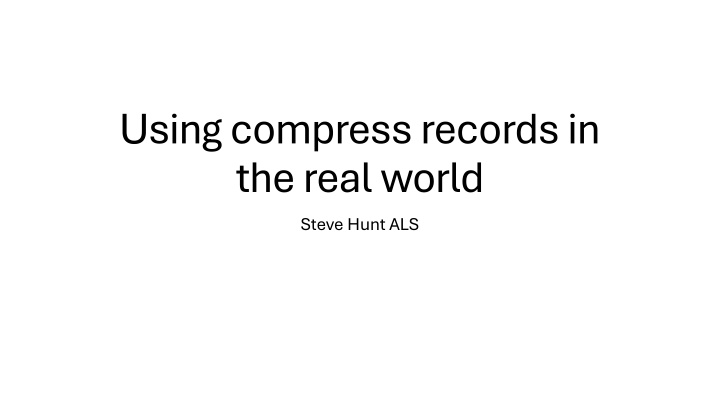
Utilizing Compress Records in Real-World Applications
Explore the practical implementation of compress records in EPICS systems, highlighting their benefits for data processing, continuous operation, and efficient sharing of values. Discover how client programs and scripts can leverage compress records for simple data processing tasks, showcasing examples and tips for effective utilization in industrial settings.
Download Presentation

Please find below an Image/Link to download the presentation.
The content on the website is provided AS IS for your information and personal use only. It may not be sold, licensed, or shared on other websites without obtaining consent from the author. If you encounter any issues during the download, it is possible that the publisher has removed the file from their server.
You are allowed to download the files provided on this website for personal or commercial use, subject to the condition that they are used lawfully. All files are the property of their respective owners.
The content on the website is provided AS IS for your information and personal use only. It may not be sold, licensed, or shared on other websites without obtaining consent from the author.
E N D
Presentation Transcript
Using compress records in the real world Steve Hunt ALS
EPICS is not just for I/O It is tempting for people new to EPICS to use it just for I/O And do data processing at the client level .
And why not you ask . IOCs are designed to run continuously Client programs often are at risk of being terminated Calculated values are not saved in the archiver Not seen by the alarm handler Neither trend plots And these values can t be easily shared with other applications
What is the alternative Client programs and scripts are often good for developing algorithms But when stable and are needed to run the facility Consider moving to the IOC
One useful tool for simple processing.. the compress record Has two main, and complementary functions Reading values over time into an array Processing of data in arrays
Very useful to put these together One compress record to use as circular buffer Another to read and process that buffer
Example at reading serial data from a radiation monitor Example data arrives every 4 secs in units of uSv/hr longin calc Dose compress History compress AvgDoseRate DoseRate4sec INP @gamma.proto counts$(P) DTYP stream SCAN I/O Intr EGU uSv/hr FLNK History INP RadMon ALG Circular Buffer NSAM 900 SCAN I/O Intr FLNK AvgDoseRate INP History ALG N to 1 Average N 900 NSAM 1 EGU uSv/hr FLNK Dose INPA AvgDoseRate CALC A*900 EGU uSv



